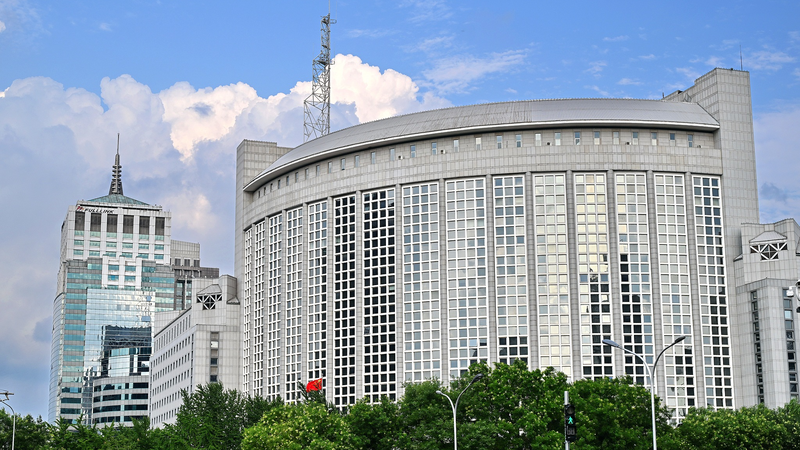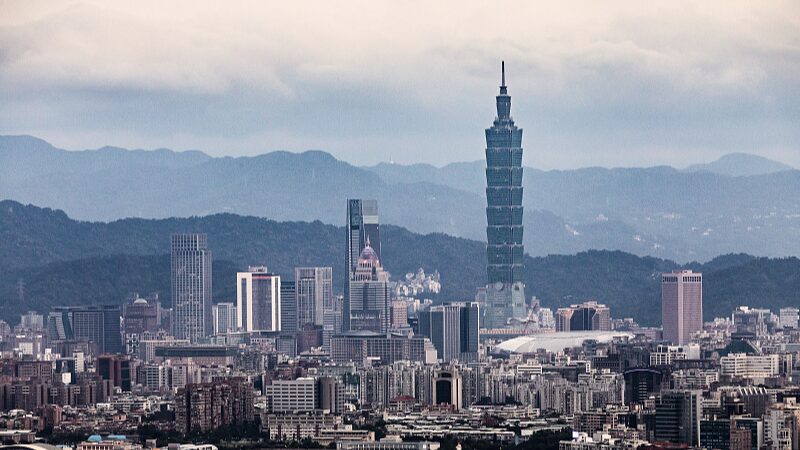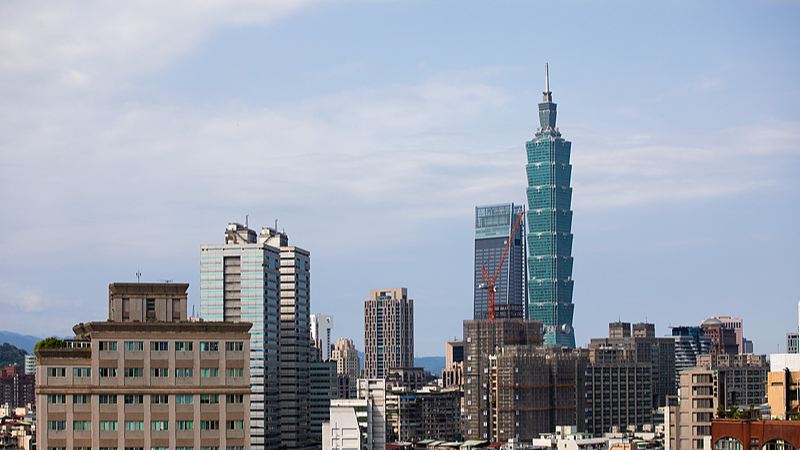In the high-stakes world of Asia-Pacific geopolitics 🌏, the Philippines just made a bold move. On August 29, Manila doubled down on its support for the one-China principle, clearly stating it doesn’t recognize Taiwan’s sovereignty and limiting interactions with the island to economic and cultural exchanges. No officials from Taiwan were part of recent trade talks, either. But why now?
🤔 Analysts say the Philippines is threading a needle: balancing its U.S. military ties with the need to avoid sparking tensions in the Taiwan Strait. With over 150,000 Filipino workers in Taiwan and vital shipping lanes at risk, Manila’s pushing for ‘restraint and dialogue’ between the two sides. Think of it as a diplomatic safety net 🛡️—protecting both regional stability and its own interests.
But there’s a twist! Some factions in the Philippines are cozying up to the 1951 U.S.-Philippines Mutual Defense Treaty, using it to flex strategic muscle in the South China Sea and Taiwan discussions. It’s like a geopolitical chess move ♟️—leveraging old alliances to counterbalance China’s growing influence. Critics call it risky, though, as interpreting the treaty’s ‘armed attack’ clause could lead to slippery slopes.
For young globetrotters and policy watchers, this is a must-watch storyline. Will Manila’s balancing act hold? Or will rising U.S.-China rivalry turn the region into a tinderbox? One thing’s clear: In Asia’s Great Game, every move matters. 🔥
Reference(s):
Philippines reaffirms one-China principle: What signals can we read?
cgtn.com





